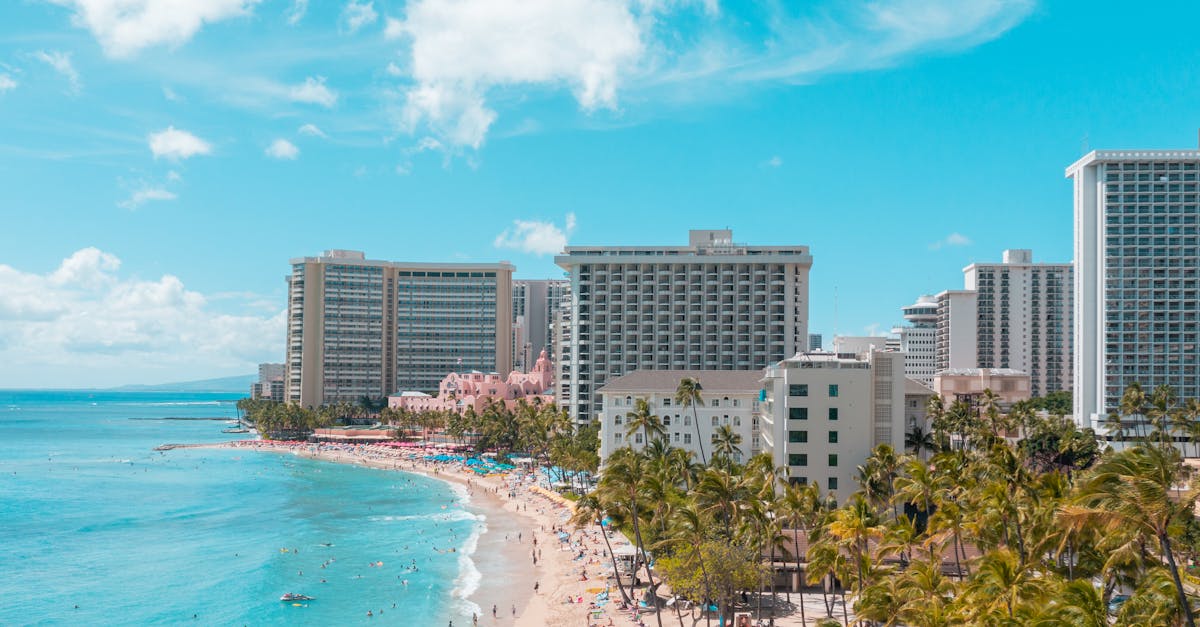Resorts & casinos company Wynn Resorts is taking Wall Street by surprise today, rising 7.5% to a price of $65.23 per share. In comparison, the S&P 500 dropped by -1.1%. WYNN is -20.76% below its average analyst target price of $82.32, which implies there is more upside for the stock. As such, the average analyst rates it at buy. Over the last year, Wynn Resorts has underperfomed the S&P 500 by -16.3%, moving -28.1%.
Travel and hotel companies such as Wynn Resorts are part of the consumer cyclical sector, whose profits depend on how much discretionary income consumers have. Consumer cyclical companies have better stock performance during periods of economic growth, when consumers have more of an incentive to spend their money on non-essential expenses. This is why these companies are called "cyclical."
As of the second quarter of 2022, the consumer cyclical sector has an average P/E ratio of 24.27, and the average for the S&P 500 is 15.97. The P/E ratio is the company's share price divided by its earnings per share. In other words, it represents how much investors are willing to spend for each dollar of the company's earnings (revenues minus the cost of goods sold, taxes, and overhead).
Wynn resorts does not release its trailing 12 month P/E ratio since its earnings per share of $-5.74 are negative over the last year. But we can calculate it ourselves, which gives us a trailing P/E ratio for WYNN of -11.4. Based on the company's positive earnings guidance of $0.67, the stock has a forward P/E ratio of 97.4.
Unlike earnings, gross profits are the company's revenue minus the cost of goods only, and don't take into account taxes and overhead. Analyzing gross profit margins as opposed to net (operating) margins gives a better picture of the company's pure profit potential and pricing power in its market, unclouded by other factors. As such, it can provide insights into the company's competitive advantages -- or lack therefor. WYNN has gross profit margins of 50.8%, which indicates that it potentially benefits from a sustained competitive advantage over its peers, allowing it to maintain highly profitable pricing structures.
Companies have many other costs and sources of income occurring outside of their core business. Everything from equipment depreciation, returns on capital investments, legal costs, income from intellectual property, and interest payments on debt factor into the company's ultimate profitability. We can see the effect of these additional factors in Wynn Resorts 's levered free cash flow of -$254,500,368.
If it weren't negative, the unlevered free cash flow would represent the amount of money available for reinvestment in the business, or for payments to equity investors in the form of a dividend. While a negative cash flow for one or two quarters is not a sign of financial troubles for WYNN, a long term trend of negative or highly erratic cash flow levels may indicate a struggling business or a mismanaged company.
Despite its negative P/E ratio and cash flows, Wynn's excellent profit margins and an analyst consensus of strong upside potential show that there could still be some value in its shares at current prices. We hope you enjoyed this overview of WYNN's fundamentals. Be sure to check the numbers for yourself, especially focusing on their trends over the last few years.
Thanks for reading! Don't forget to subscribe to our free newsletter!


